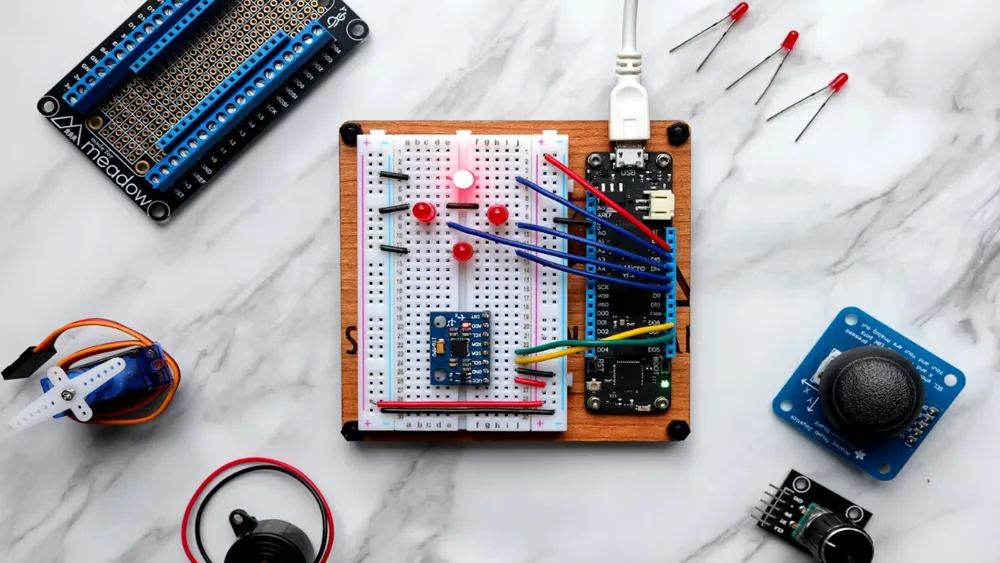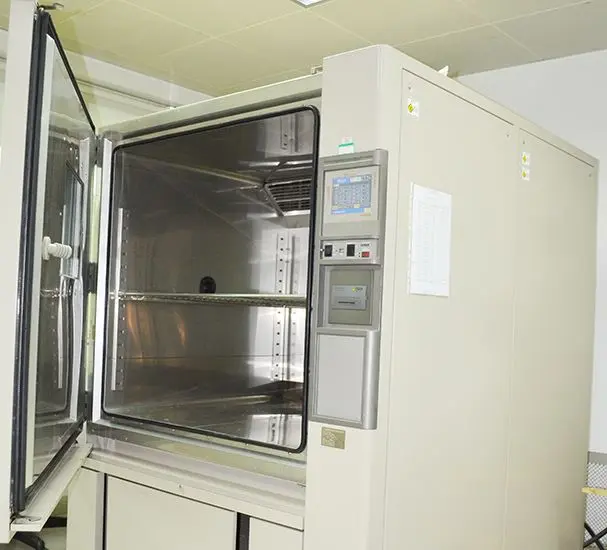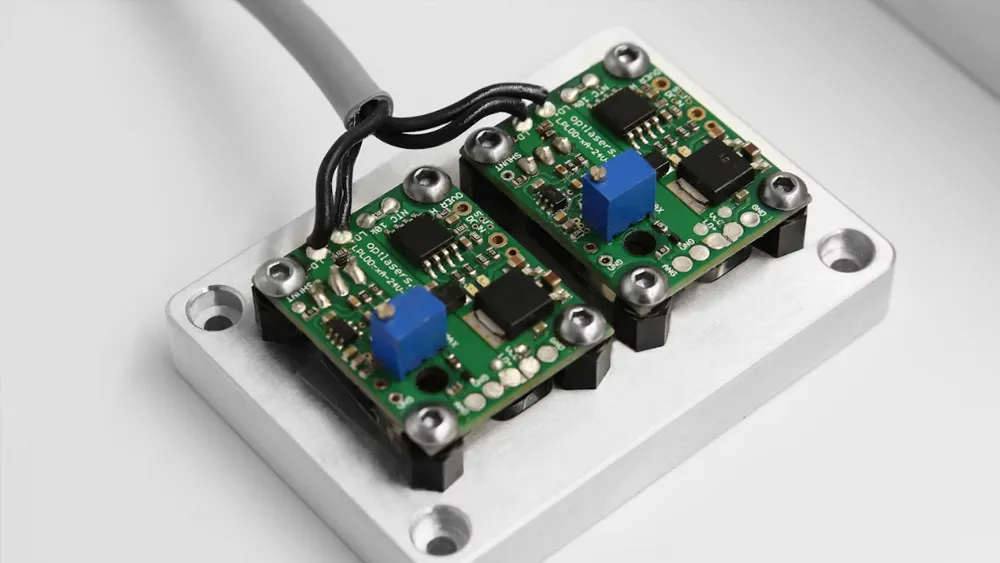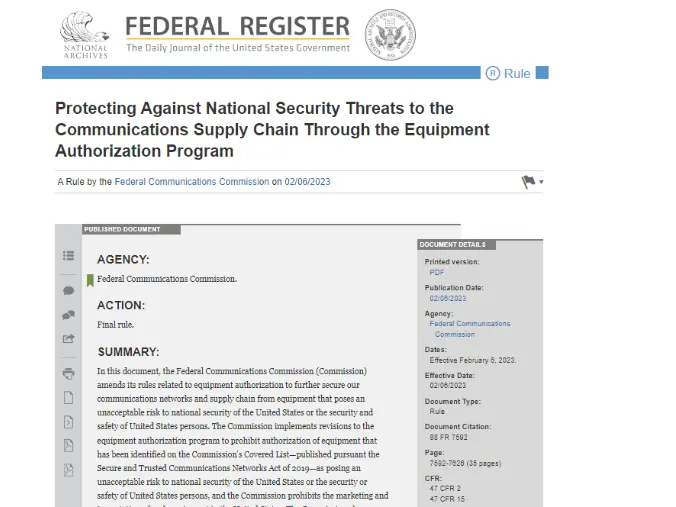
How Much Does an EN1186 Test Report Cost?
Please refer to the following quotation for EN1186 testing of plastic bags:
1. Product: Plastic bag
2. Material: PE only
3. Service: EN1186 Test Report
4. Cost (USD): S155 by China JJR Laboratory (Prices vary by product; final quote subject to engineer evaluation)
5. Turnaround Time: 5 working days
6. Samples RequiRED: 3 pieces
7. Purpose: Upload for Amazon, AliExpress, eBay, and other e-commerce platforms
What is the EN 1186 Standard?
In short, EN 1186is a European standard required for materials intended to come into contact with food to ensure they are safe for such use. All plastic materials, including gloves, food packaging, storage containers, and utensils, must comply with this regULation.
EN 1186 defines permitted substances in materials and limits the release of trace plastics that may be harmful to humans. It imposes two key restrictions:
1. Overall Migration Limit (OML): The maximum amount of non-volatile substances that can migrate into food.
2. Specific Migration Limit (SML): The maximum amount of a particular substance (e.g., a metal) that may migrate into food.
The acceptable migration levels are extremely low. For instance, only 0.6 mg of manganese is allowed per kg of food or food simulant. OML is measured by surface area, and no glove should release more than 10 mg per dm² of food contact surface.
Categories of Food Contact Materials:
1. Cookware: Pots, pans, trays, kettles, etc.
2. Tableware: Utensils, drinkware, plates, glassware, ceraMICs
3. Baby and Children's Products: Tableware, feeding gear, bottles, pacifiers
4. Food Packaging: Containers, bottles, boxes
5. Food Processing Equipment: Knives, conveyor belts, hoses
6. Food Processing Materials: Adhesives, caps, gloves, filters
Before REACHing consumers, food may come into contact with various materials during production, processing, storage, preparation, and display. These materials are called Food Contact Materials (FCMs).
Modes of Food Contact:
1. Direct Contact: The material is intended to come into contact with food.
2. Indirect Contact: Components can reasonably be expected to migrate into food under normal or foreseeable use.
Examples of indirect contact include containers used for transport, food processing machinery, packaging, utensils, and tableware. The materials must be inert, not adversely affecting health or the quality of the food.
The EU enforces various laws and regulations to ensure the safety of materials in contact with food. These materials must not release substances at harmful levels, nor should they alter the composition, taste, or odor of food in an unacceptable way.
Risks and Safety of Food Contact Materials
Food contact materials may contain chemicals that can migrate into food, posing health risks if ingested. These materials play a crucial role in preserving food quality throughout the supply chain, making safety evaluation essentialto prevent harmful exposure and protect public health.
In recent years, food contact materials have drawn attention due to incidents that affected food supplies and raised concerns among businesses and consumers.
Potential hazards—physical, microbiological, chemical, and allergenic—can vary depending on whether the material is wood, metal, or plastic.
EN 1186 Standard Series Overview
EN 1186 consists of several parts, each specifying different testing methods:
Part 1: Selection of test conditions and methods
Part 2: Overall migration into olive oil by total immersion (for films and sheets)
Part 3: Overall migration into aqueous simulants by total immersion
Part 4: Migration into olive oil by cell method
Part 5: Migration into aqueous simulants by cell method
Part 6: Migration into olive oil using bags
Part 7: Migration into aqueous simulants using bags
Part 8: Migration into olive oil by filling final product
Part 9: Migration into aqueous simulants by filling final product
Part 10: Migration into olive oil (alternative method when total immersion is not possible)
Part 11: Migration into synthetic triglycerides labeled with 14C
Part 12: Migration under low-temperature conditions
Part 13: Migration under high-temperature conditions (100–175°C)
Part 14: Alternative testing using isooctane and 95% ethanol for fatty foods
Part 15: Migration by rapid extraction using isooctane and/or 95% ethanol
Regulation and Safety Evaluation
The safety of food contact materials is mainly evaluated by the European Food Safety Authority (EFSA). Businesses placing such materials on the market are responsible for providing safety evidence.
Definition of food contact materials:
1. Intended for contact with food
2. Already in contact and used for this purpose
3. Reasonably expected to come into contact or transfer substances into food during normal or foreseeable use
Note: Only materials in direct contact with food need to undergo testing. Materials not in direct contact do notrequire EN1186 testing. For related product testing services, please consult China JJR Laboratory.
Email:hello@jjrlab.com
Write your message here and send it to us
 What are ASTM F963 and CPSIA?
What are ASTM F963 and CPSIA?
 Comparison of ASTM F963 and EN 71
Comparison of ASTM F963 and EN 71
 How to get CSA C22.2 NO.256:14 Test Report?
How to get CSA C22.2 NO.256:14 Test Report?
 How much is the ISTA Amazon Packaging & Shippi
How much is the ISTA Amazon Packaging & Shippi
 Amazon Product Laboratory Testing Requirements
Amazon Product Laboratory Testing Requirements
 How to Get EPA Certificatio
How to Get EPA Certificatio
 What is EPA Certification in the United States?
What is EPA Certification in the United States?
 What is an FCC Registered Agent?
What is an FCC Registered Agent?
Leave us a message
24-hour online customer service at any time to respond, so that you worry!




